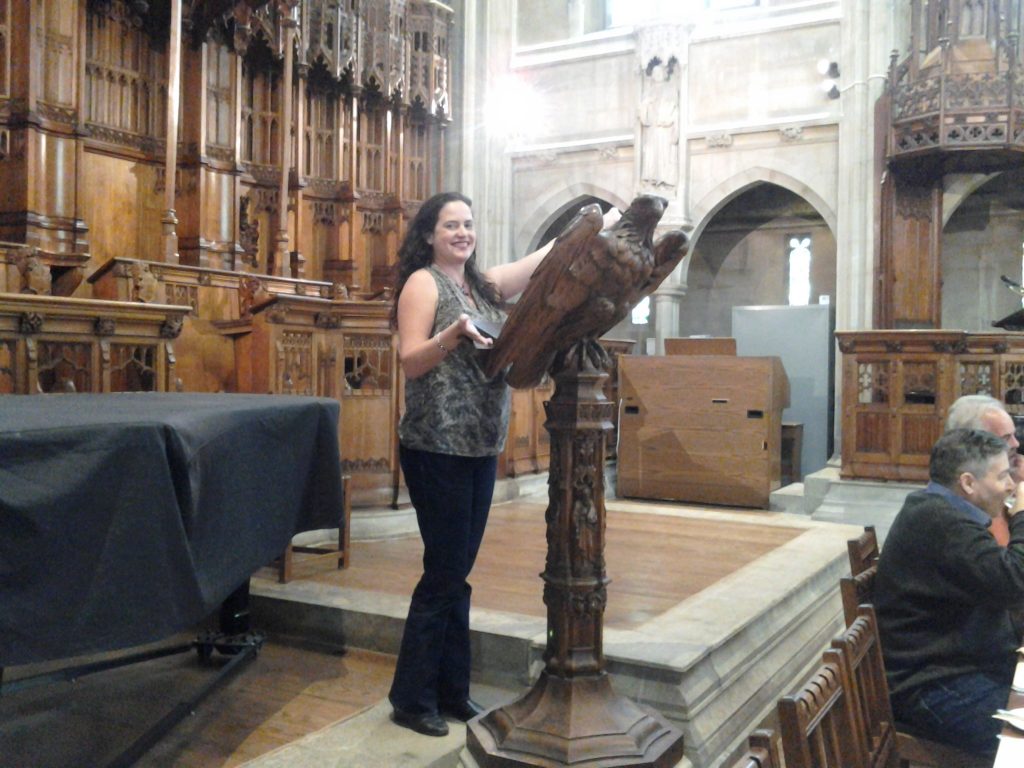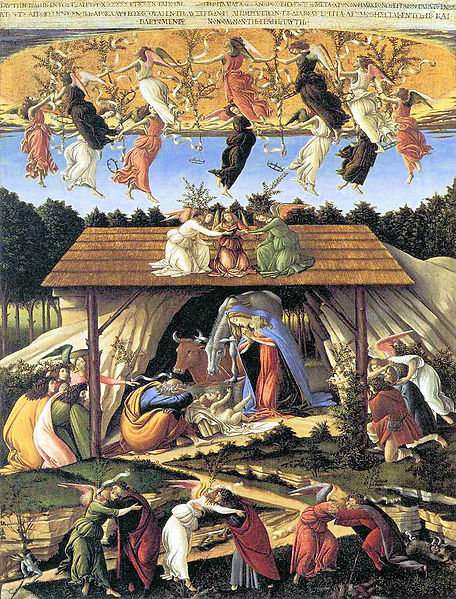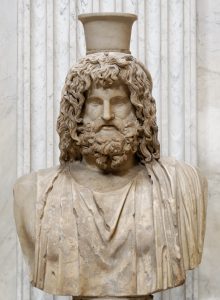At the start of the summer, Melissa and I got our Spring grades in and headed over to London for the 19th annual Great Writing Conference at Imperial College. The conference was fascinating, and we both did very well on our respective panels. We hope to return next year.
Here’s a look at this year’s highlights:
- Dinner with Courtney and Liam, before they headed out of town. I got to finally try bubble and squeak!
- Staying with Chaz and Carmen (and their two year old, Michael). I am exceptionally lucky that Chaz and Carmen are in my life and that they let us crash with them. Not only is there always a pot on for tea, but I love just spending time with them. I was able to introduce them to American-style brownies and a couple of bottles of my favorite California reds.
- The V&A, where we hit the underwear exhibit, the theatre history exhibit, and one on Botticelli, called Botticelli Reimagined, which started with modern day homages and ended with actual Botticellis. I learned that women during the wars were livid when rationing restricted their access to nylons, etc.–rather than feeling liberated, they felt like the government expected them to leave the house looking indecent, that people made corsets for “active wear” (aka horseback riding and tennis), that I’m really glad tondos (round paintings featuring the Madonna and child) aren’t in fashion anymore (cause once you’ve seen one . . .), and that I want someone to explain this painting to me. What are all the demon-like creatures in this painting doing (look at the bottom)? What do they represent?
- The National Theatre, where we saw two great plays with two great sets. First, The Suicide, a comedy by Suhayla El-Bushra. It’s a satire and reminded me a lot of a play we did in high school–Was He Anyone by N.F. Simpson. Both are about our lack of empathy for others and our ability to make everything in the world about us and our needs. Second, we saw Deep Blue Sea with Helen McCrory–also about suicide and way more depressing, but beautiful.
- The British Library, which had a Shakespeare exhibit, including a clip of a show Denise and I saw in Chicago years ago, Othello: The Remix. I learned that actress playing Desdemona in 1660 was the first woman on the British stage, that there are no tragedies in traditional hindu theatre, and that Vivian Leigh has played basically every Shakespeare female character, having been trained in British theatre.
- The Houses of Parliament, which we toured on the same day a member of Parliament was murdered, although we didn’t know that until later. I learned that the Parliament houses are too small for the members of Parliament now, so you have to get there early if you want a seat, that people say, “I spy a stranger” if they want the people around who aren’t members of Parliament to leave, that Oliver Cromwell shouldn’t be the most prominent statue outside (since I don’t like him), that I will get the Monty Python song “Oliver Cromwell” in my head every time I think of the man, including right now, that there are statues and paintings everywhere inside of Kings, Queens, and Consorts, that they used to have bells in nearby pubs that would ring when it was time to vote, and that they have a weird and wonderful tradition: Black Rod–a person/position–has the door of the House of Commons slammed in his face during sessions, to symbolize the House of Commons’s independence from the throne and the lords. One can see years and years of damage the door, because the Black Rod has to knock–with his rod–to be let back in. Melissa said we should institute a similar tradition, slamming the door to our Congress in the face of religious figures to symbolize that they have no place there (but we’re not for letting them back in).
- My new favorite sign, because it’s both a practical warning and an invitation that some self-assessment may be in order:

- The British Museum’s Sunken Cities: Egypt’s Lost World exhibit. I learned that coastal cities in Egypt had active Greek communities before Alexander conquered them and instituted Ptolemy’s rule. In both periods, religious tolerance was high, and thus, the religions melded into each other a bit. Some Egyptian gods were made to look like Greek heroes in certain places (see Serapis/Osiris below), while the strong female influence changed the Greeks in Egypt. I also learned about Egypt’s dark queen (Cleopatra VII was called that, but there was one before her) and Neith, a sort of cross between Athena and Artemis, but in early Egypt.
- Falling down in front of a pub due to my stupid body and its stupid clumsiness was not a high point for me, but the drunken guys standing outside the pub loved it.
- We also very much enjoyed a quick drink with my friend Tim and his husband. I met Tim when I was in Oxford for a conference last September. Although the drink was too quick, I was able to reassure Tim and the rest of Londontown that I’d be back for sure next summer. Thanks to a very generous Amy, I’ll be in Oxford for four weeks, leading the Fantasy Summer Abroad class! In other words, I’ll be able to do this for real:








